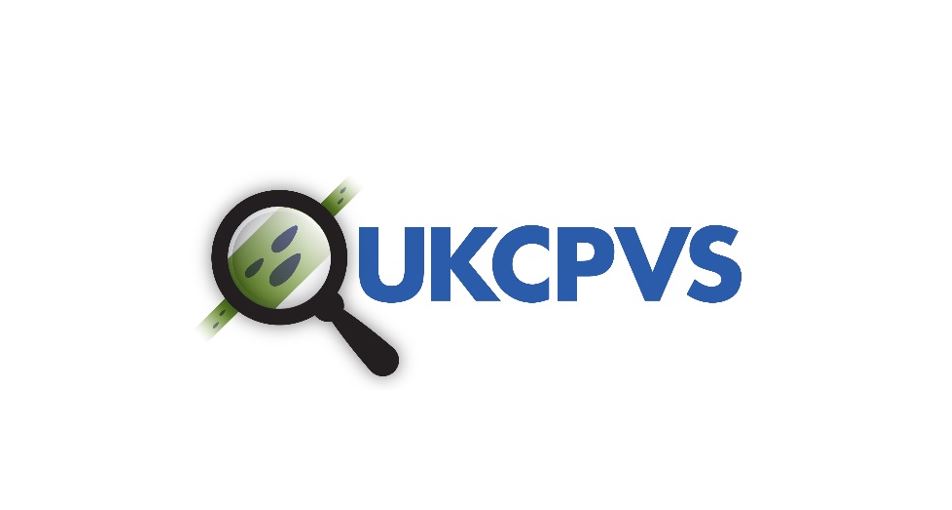- Home
- Knowledge library
- Using field pathogenomics to study wheat yellow rust dispersal and population dynamics at a national and international scale
Using field pathogenomics to study wheat yellow rust dispersal and population dynamics at a national and international scale
Summary
Traditionally, surveillance of rust fungal pathogens in agroecosystems has hinged on field biology and lengthy race-pathotype surveys to provide phenotypic information on pathogen diversity. However, assessments of genotypic diversity are not included routinely and, when employed, are restricted to just a handful of markers.
In 2013, we initiated the development of a new approach called ‘field pathogenomics’ for pathogen population surveillance. This technique is based on high-resolution data, acquired using next-generation sequencing of field samples of yellow rust (Puccinia striiformis f. sp tritici – PST) infected wheat and triticale.
While effectively capturing pathogen diversity, the analysis of infected host tissue can also be leveraged to assess the genotype of the host.
The overall aim of this project was to apply this new, rapid gene-sequencing technology to the surveillance of wheat yellow rust, in collaboration with the UK Cereal Pathogen Virulence Survey (UKCPVS), and undertake comprehensive global population genetic analyses of this important plant pathogen.
Within this large multi-institute and international project, funding from AHDB was provided to specifically contribute to further development of the field-pathogenomics method. The intention was to provide a simple, rapid genotyping method to track PST movement through the UKCPVS framework.
To this aim, we identified a series of single nucleotide polymorphisms (SNPs) that could be used as genetic markers to differentiate the major wheat PST races currently in the UK.
The next step will be to expand this set of initial marker regions to ensure they can detect any novel PST races that may enter the UK in future. In the meantime, the current markers will be integrated into the UKCPVS. In the long-term, this will ensure the UKCPVS is more predictive and better fulfils its main objective of gaining an early indication of new races and predicting durability of wheat varieties.
Downloads
PR630 final project reportRelated resources


